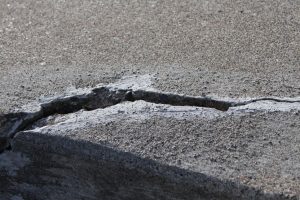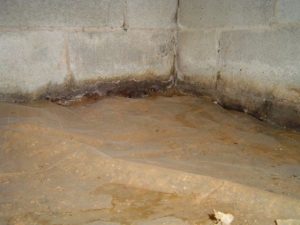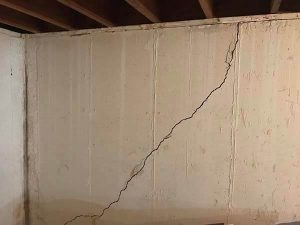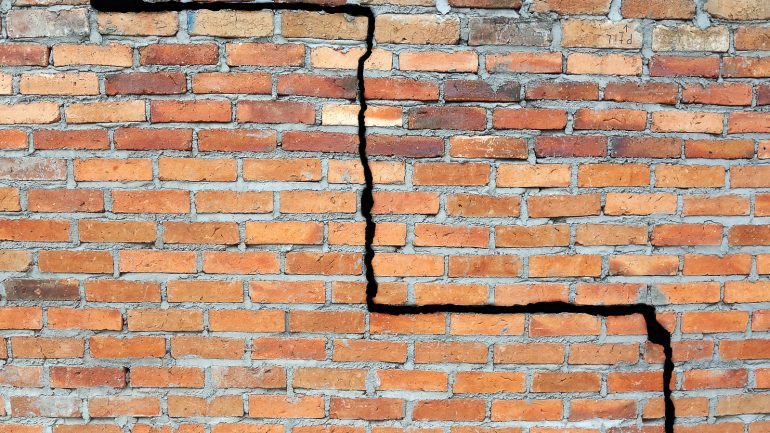Your home is one of the greatest investments you will ever make in your lifetime. So, it is essential to make sure it is always in decent condition all the time. Structural issues are known to be an inevitable occurrence. And it is your duty as a responsible home owner to anticipate. And resolve these problems before they get out of hand. Signs of foundation problems are a set of issues you will have to deal with sooner or later.
Generally speaking, foundation challenges may be attributed to a wide variety of factors. This might include improper topsoil compaction, soil erosion, leaky plumbing fixtures, inadequate drainage systems to mention just but a few. It is always prudent for you as a property owner to proactively be on the lookout for early signs and symptoms of foundation issues.
This is simply because when left unchecked, these problems will deteriorate. And cause a disastrous chain reaction that will wreak plenty of havoc on your house. In the extreme, these issues could make your home danger prone and uninhabitable. Here then are some of the most common signs of foundation problems that you ought to pay attention to.
Foundation, walls, and floor cracking

Foundation shifting that is attributable to soil expansion and contraction caused by freeze/thaw cycles is one of the most prevalent signs of foundation challenges. This given movement will eventually give rise to cracking in the foundation that may spread to other areas of your residential property.
Some of the most serious signs to be always on the lookout for are horizontal cracks on the walls and even brick exteriors. This sort of occurrence usually points out to a foundation experiencing settlement. Other warning signs to look for include wall fractures, cracking on floors, or even broken chimney pieces.
Sloped and uneven floors

Should you happen to remark that the floors in any level of your house are uneven or sloping, it will be wise to enlist the services of a seasoned Foundation Repair Raleigh NC contractor to inspect your foundation as soon as possible. These occurrences tend to be caused by foundation sinking that is in itself triggered by a number of underlying factors.
This may include wrong soil compaction, shrinking soil or excessive moisture accumulation around the foundation. When left unimpeded, a sinking foundation might cause one or more sides of your home to settle, and in turn make the floors uneven or sloped.
Windows and doors that are out of square

Misalignment of doors and windows can sometimes be triggered by excessive humidity. However, in some specific situations, it could be caused by foundation problems. A shifting or moving foundation will twist the door and window frames out of alignment. This, in its turn, makes it hard to open or close such windows or doors.
Foundation heaving

Foundation heaving might be described as a process where a foundation moves in an upwards direction. This is yet another serious sign of foundation issues that you will want a professional foundation repair contractor to look into. Typically, foundation upheaval is, in most cases than not, attributable to excessive accumulation of moisture in the soil underneath your foundation.
Alternatively, this occurrence may be caused by frost heave. When water freezes, its volume increased by up to 9% which will then exert a lot of pressure to the foundation, and in the long run cause cracking.
Moisture issues in basement or crawlspace

When a foundation cracks, it will permit moisture seepage in your basement or crawlspace. Once this moisture finds its way there, it will cause the floor to sag, give rise to mold growth or even musty odors. A damp basement or crawlspace is a clear symptom of foundation issues that have to be resolved in a time-efficient manner.
Bowing walls

Unrepaired cracking in walls may trigger bowing. On the flipside, this can in some circumstances be attributed to foundation movement. When the topsoil beneath your foundation shifts, it will exert hydrostatic pressure on load-bearing walls, which will ultimately make them lean to one side.
How to fix foundation problems
There are diverse foundation repair methods you could settle for if you notice any of the signs outlined above. In the first place, there is the foundation piers technique in which steel posts are driven into unstable soil and the slab is then stabilized hydraulic jacks. This solution is normally prescribed for serious foundation issues especially foundation shifting or sinking.
Piering entails using strategically positioned mechanical jacks to lift settled foundation beams to grade. Once lifted, these beams are held in position by a spread footing or pier. The footing is driven deep enough to make it invulnerable to variations in moisture in the soil.
The footing is also meant to effectively distribute the load of the structure above evenly without creating unnecessary bulk. On the other hand, there is slabjacking otherwise known as mudjacking. This foundation repair method involves pumping a cement-based grout mixture under pressure into diminutive strategically positioned holes on the foundation slab. Once in position, the grout then solidifies into a dense mass and lifts the sunken spots to their original height.




